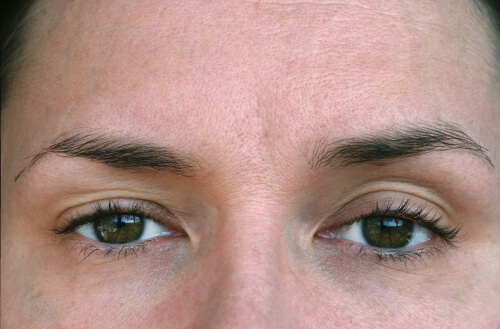What Is Ptosis?

Ptosis is a condition where the upper eyelid becomes paralyzed and droops. In some cases, the eyelid can sag so far that it blocks vision.
In either case, most people don’t appreciate the aesthetic changes that ptosis brings. The condition is quite noticeable and can affect both children and adults.
Severe ptosis in children can affect learning development. This is because of poor eyesight and can also affect the development of their eyes. When left untreated, it can lead to issues where one eye sees better than the other.
This is a condition called amblyopia. Ptosis in children is usually addressed in the same fashion as ptosis in adults. Keep reading to learn more about ptosis!
The Causes of Ptosis
There is a muscle in your eyelid called the “levator” muscle which works to lift the eyelid into position. Over time, this muscle can become stretched out or even separated from the eyelid.
This is often a product of aging, but can also occur because of injury. In the case of children, ptosis can also be genetically passed down.
Ptosis can also be a complication from eye surgeries or as a symptom from some diseases or tumors.
The best course of treatment for ptosis, should you or your child have it, will occur during an eye exam. Although it’s not typical with eye exams, you may also need to take a blood test.
Coming to a decision when treating children can be more complicated than with adults. Many elements of your child’s health are taken into account.
These can include age, eyelid strength, affected eyes movement, and more. In most cases, children aren’t treated for ptosis unless it threatens vision development.
If ptosis is severe, surgery may be the only treatment. If they are experiencing amblyopia, your eye doctor may prescribe medicated eye drops. These are often prescribed until the child is old enough to undergo surgery.
Until then, regardless of if they suffer from ptosis, children need frequent eye exams. This will allow the doctor to watch any problems that may occur.
Treating Ptosis
Treatment for ptosis occurs as an outpatient surgery. This procedure doesn’t take very long.
Anesthesia is used on the affected eyelid or eyelids, making the procedure painless. The goal is to strengthen the levator or attach the eyelid to a nearby muscle.
The idea is that one of the surrounding muscles is going to be stronger than the weaker levator muscle. With subtle ptosis, it can be a small change, but more severe ptosis may need a more drastic approach.
The procedure is usually over after a few minutes, and has a short recovery. If you think you have ptosis, see your eye doctor!
Only an eye doctor doing an eye exam can diagnose you with ptosis. Once you have a diagnosis, you can discuss your treatment options.
Wondering if you may have ptosis needing surgical intervention? Contact the Pinke Eye Center in Shelton, CT to schedule an appointment today!


